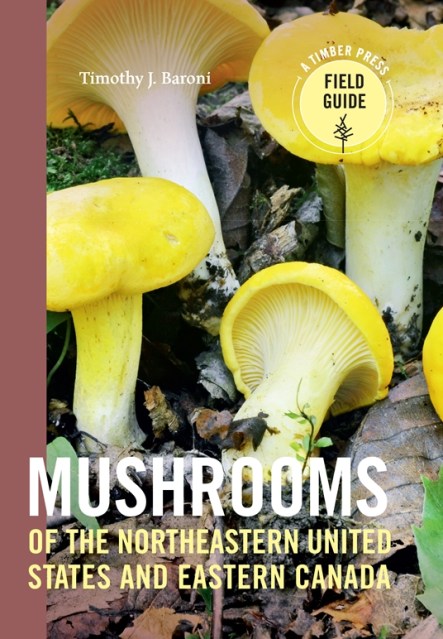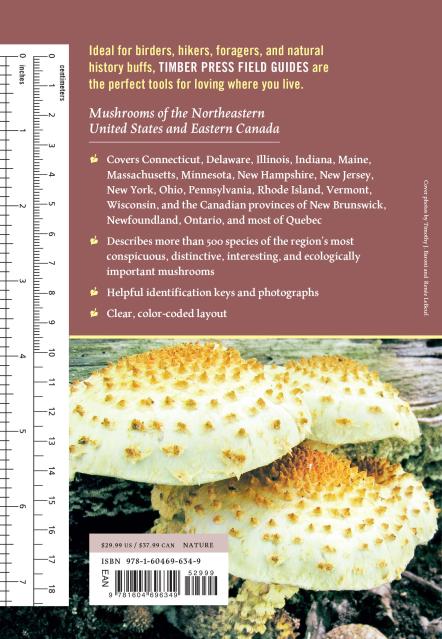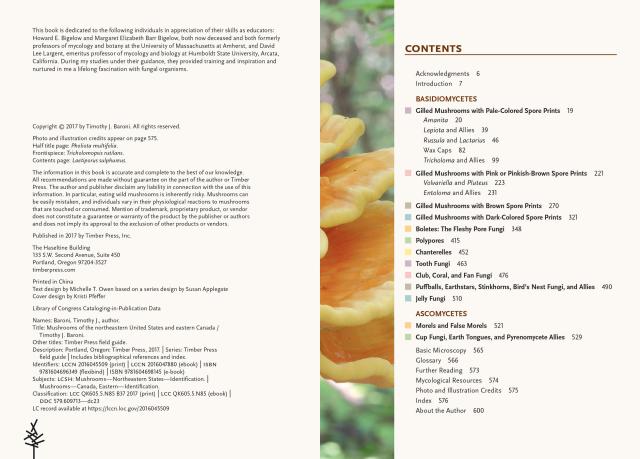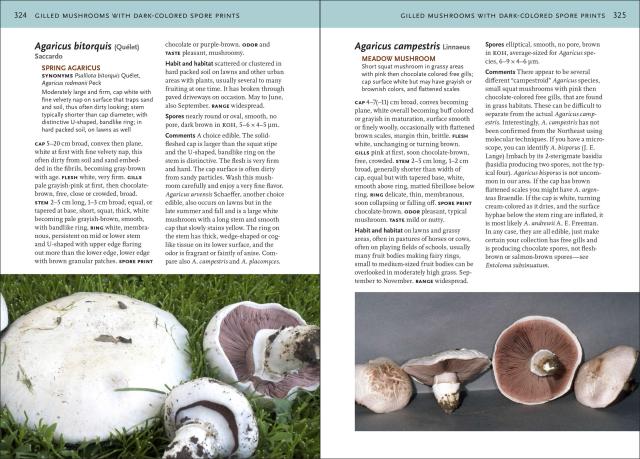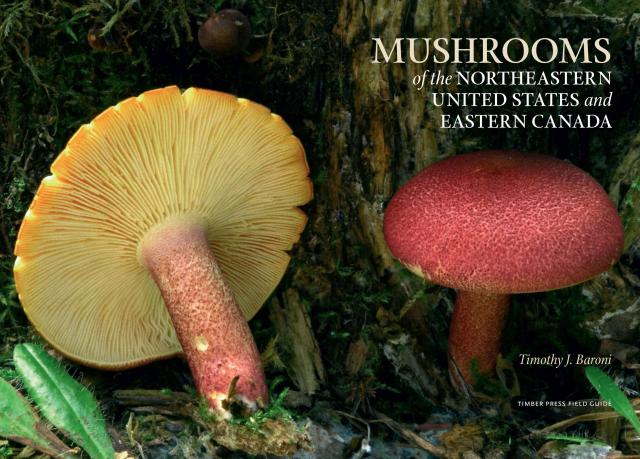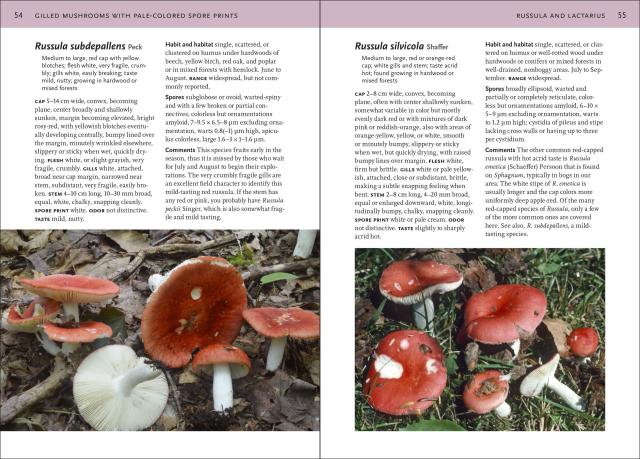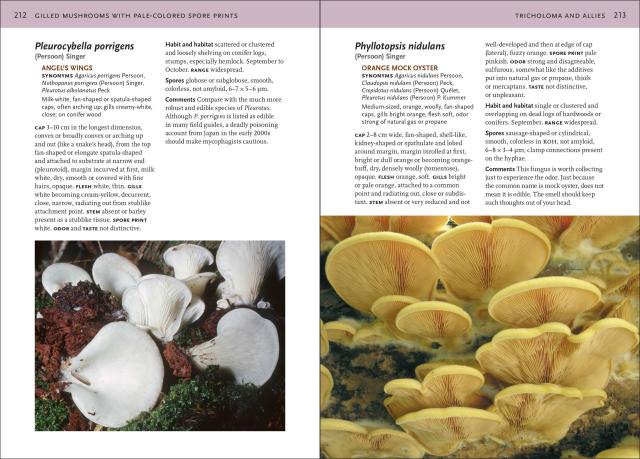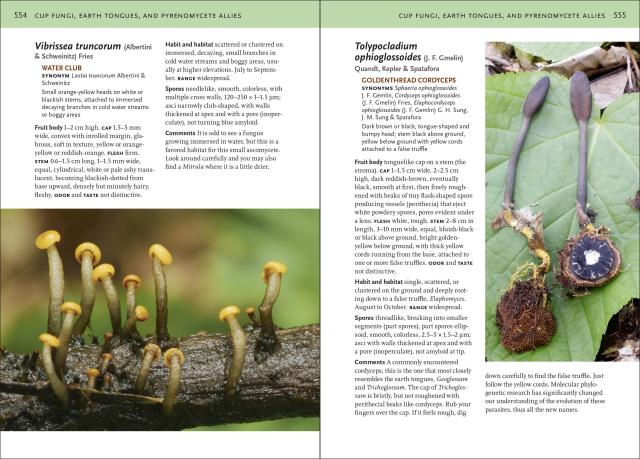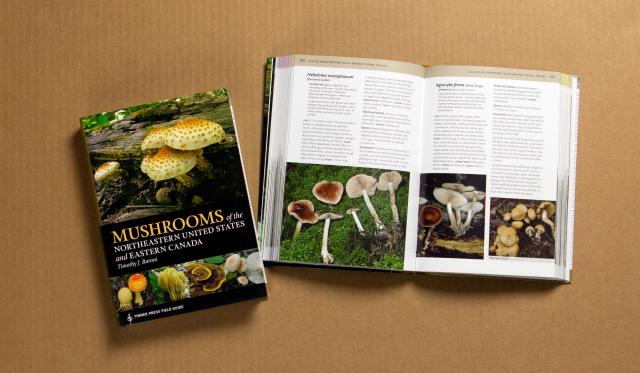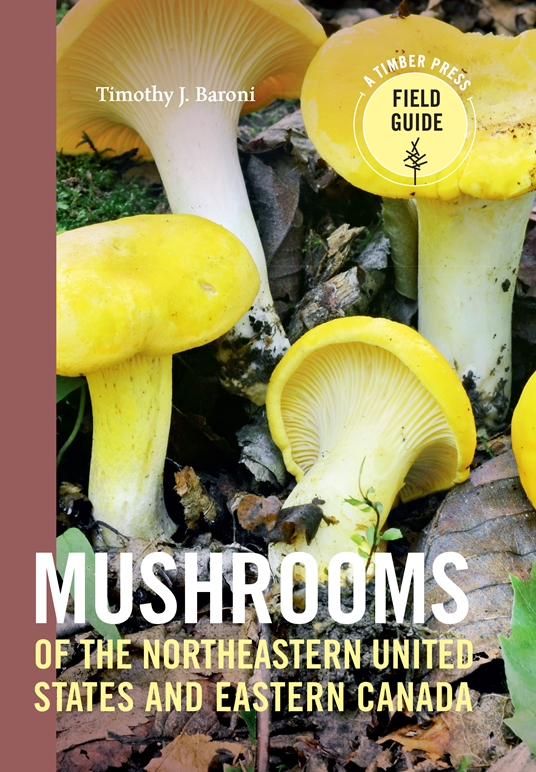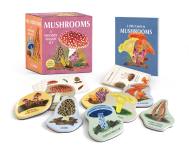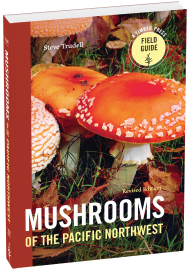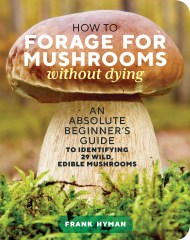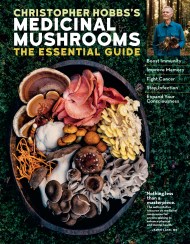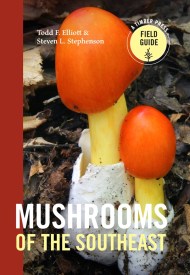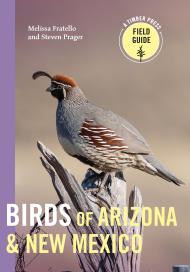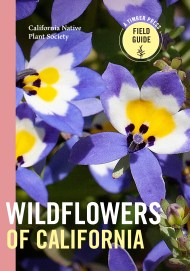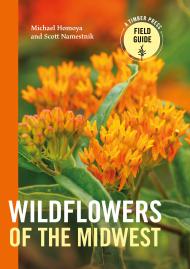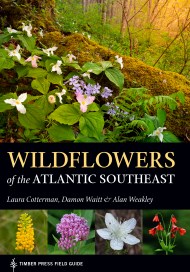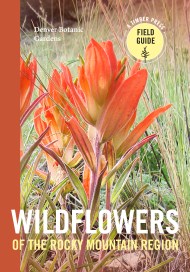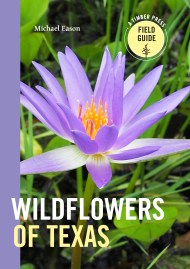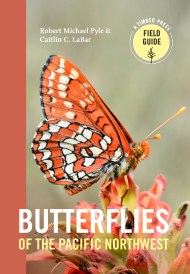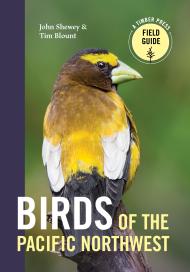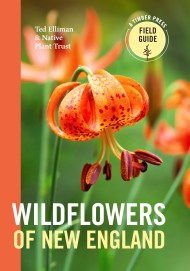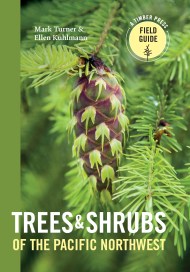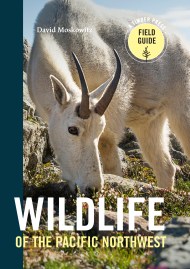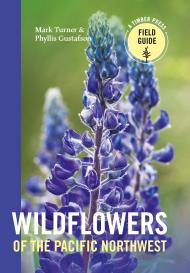Promotion
Use code MOM24 for 20% off site wide + free shipping over $45
Mushrooms of the Northeastern United States and Eastern Canada
Contributors
Formats and Prices
Price
$29.99Price
$37.99 CADFormat
Format:
- Trade Paperback $29.99 $37.99 CAD
- ebook $13.99 $17.99 CAD
This item is a preorder. Your payment method will be charged immediately, and the product is expected to ship on or around July 12, 2017. This date is subject to change due to shipping delays beyond our control.
Also available from:
Ideal for hikers, foragers, and naturalists, the Timber Press Field Guides are the perfect tools for loving where you live.
Mushrooms of the Northeastern United States and Eastern Canada is a comprehensive field guide to the most conspicuous, distinctive, and ecologically important mushrooms found in the region. This useful guide features introductory chapters on the basics of mushroom structure, life cycles, and habitats. Profiles include color photographs, keys, and diagrams to aid in identification, and tips on how to recognize and avoid poisonous mushrooms.
- Covers Connecticut, Delaware, Illinois, Indiana, Maine, Massachusetts, Minnesota, New Hampshire, New Jersey, New York, Ohio, Pennsylvania, Rhode Island, Vermont, Wisconsin, and the Canadian provinces of New Brunswick, Newfoundland, Ontario, and most of Quebec
- Describes and illustrates more than 500 species
- 550 photographs, with additional keys and diagrams
- Clear, color-coded layout
Genre:
-
“Excellent descriptions, taxonomic synonyms, [and] habitat descriptions.” —Choice
“The book is beautiful. I know it’s practical, and it’s got a lot of information, but just to flip through it and look at the diversity of the mushrooms—I find it really interesting.” —The Weekend Gardener
“Comprehensively definitive and thoroughly user friendly.” —Midwest Book Review
“Offers the best combination of sufficiently comprehensive descriptions and large, close at hand photos.” —The Mycophile
“Most new publications on mushrooms [were] of little help until Baroni published his Mushrooms of the Northeastern United States and Eastern Canada in 2017. . . . made mushroom study as interesting for me as when I first saw Lincoff's book back in 1981.” —Orillia Packet and Times
“Concise and informative field guide that surely will become a standard reference for mushroom hunters in the Northeast!” —The New Jersey Mycological Association
“This volume is a clear and impressive standout which can be recommended without reservation. . . . It deserves to become a standard reference and will doubtless soon be seen as a faithful companion volume on forays throughout its target area.” —Long Island Mycological Club
“A wise and user-friendly book. . . truly wonderful.” —Coventry Courier
- On Sale
- Jul 12, 2017
- Page Count
- 600 pages
- Publisher
- Timber Press
- ISBN-13
- 9781604696349
Newsletter Signup
By clicking ‘Sign Up,’ I acknowledge that I have read and agree to Hachette Book Group’s Privacy Policy and Terms of Use
